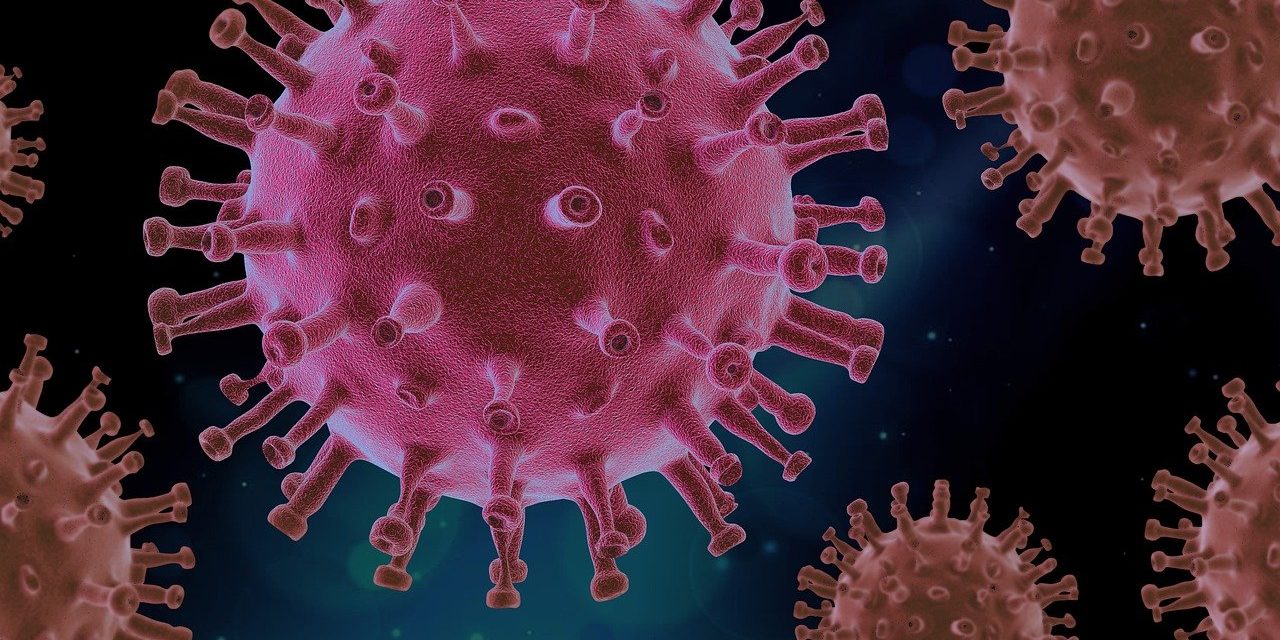Many states and the nation itself are reporting record-breaking daily numbers of new COVID-19 cases, putting to rest any hope that the pandemic is under control. Over the last 10 months, we have learned a lot about the coronavirus and COVID-19 disease, and there still is plenty we do not know.
One thing is certain. Americans of color are much more likely than white Americans to contract the virus and to die from COVID-19. My analysis of the latest provisional data from the Centers for Disease Control and Prevention shows that after adjusting for age differences, Black Americans and Latinos are dying at rates 3.2 times higher than white Americans, and American Indians and Alaska Natives are dying at rates 2.6 times higher. Asian Americans, who annually die at much lower rates and have more favorable educational and socioeconomic levels than white Americans, are dying at a rate that is one-third higher than white Americans.
Put simply, white Americans have a shield that protects them from succumbing to COVID-19. They are dying at a lower rate than non-white groups, pointing to white advantages and privileges in the institutional arrangements of the nation since its founding.
The data also reveal an interesting portrait of people whose lives have been taken by COVID-19. Nearly 90% of white Americans who have died from the disease were 65 years of age or older, compared to 63% of Latinos. People between the ages of 50 and 64 account for only 9% of white Americans who have died, and those younger than 50 account for less than 2%. In contrast, persons in these age groups constitute, respectively, 26% and 11% of Latinos who have succumbed to COVID-19.
This is also the case for other non-white groups. The higher prevalence of death of the non-elderly among people of color reflects that they are more likely to be on the front lines in jobs where they are disproportionately at risk of contracting the virus. Again, it appears that white Americans who are not older tend to be protected from being at risk of catching the virus and dying from COVID-19.
Here’s another revealing finding. While children less than 18 years old die at relatively low levels, they are not immune from the clutches of the disease. At least 108 children have died from COVID-19 in the U.S., including two whose race and ethnicity is not known. About 80% of these children were persons of color. Latinos account for the largest number with 45 children losing their lives to COVID-19. Precious lives with so much potential and years of life ahead of them, leaving behind grieving parents and loved ones.
My research tracking the impact of COVID-19 among Latinos across the country continues to illustrate the devastation that our community has sustained. Latinos are now disproportionately overrepresented among persons contracting the virus in all 45 states that collect data on Latino cases. Latinos are disproportionately overrepresented among COVID-19 fatalities in 15 states and the District of Columbia.
While the numbers suggest Latinos do not die from the disease at the same rate they contract the virus, that really reflects the youthfulness of the Latino population. The median age of Latinos is 29.5 and nearly one-third are children, whose probability of death is low. Still, nearly half of the states where Latinos are overrepresented among people who have died from COVID-19 include some of the states with the largest Latino populations including Arizona, California, Colorado, Florida, Illinois, New York, and Texas.
Texas continues to stand out in various ways. A racial or ethnic identifier is missing from 94% of the cases, a level much higher than any other state. Texas also continues to be the only state where Latinos account for most of those who have died from the disease, 55%. In fact, across age groups, Latinos comprise the majority of fatalities: All 19 children who died and were identified by race or ethnicity were Latino, as were 79% of persons 18 to 29 years of age, 73% of those 30 to 49 years of age, 67% of persons 50 to 64 years of age, and 49% of those 65 or older. Reflecting these alarming percentages, my analysis of the CDC provisional data adjusting for age differences shows that Latinos are dying at a rate four times higher than white Texans.
I have previously called attention to the catastrophic situation that emerged in the Rio Grande Valley, the area where I was born and raised, and the exponential increase of cases and deaths this summer due to the pandemic. While the Valley has seen numbers falling below the peak in July and August, there continues to be much concern. At the beginning of this week, Hidalgo County, the largest county in the region, reported 130 new cases and five fatalities. The disproportionate devastation in the Valley is best revealed by the fact that the region accounts for less than 5% of the Texas population but nearly 17% of those who have died from COVID-19.
The new hot spot in Texas is located along the border 800 miles northwest of the Valley. El Paso is experiencing major increases in COVID-19 cases, rising 44% in the last two weeks. With El Paso at full capacity in its hospitals and intensive care units, patients are being sent to San Antonio and elsewhere for treatment. This is a very dangerous situation, and it has the potential to replicate the horror that occurred in the Valley a couple of months ago.
When will the pandemic end?
This seemed to be an innocent query months ago in the idyllic spring. Given the major second wave we are seeing globally and the record-setting numbers in our own country, the reality is that there is much pessimism. With the upsurge that public health specialists and scientists had been warning us about for months, there will be more misery than hope over the coming months or even years.
Yet it is clear the suffering will fall disproportionately on the shoulders of people who are barely hanging on. The one shred of hope is that we learn the lesson that the pandemic has laid bare. What are you willing to do to make this a more just world? Or will it be business as usual when the pandemic ends?
This is part of a series funded by a grant from the Rita Allen Foundation to report and present stories about the disproportionate impact of the virus on people of color, Americans living in poverty
For Latinos, the COVID-19 Trends are Getting Worse — and the worst may be yet to come.












